It’s the end of the season at the ranch. Things are winding down from summer, the pace is slowing. It’s soon time for the winter garden and citrus, — the beauty of the Northern California climate is we always have something to pick in the orchard and garden whatever the time of year. Because we use “dry farming” techniques (low water drip irrigation), our orchard fruit is never watery and flavors are highly concentrated. We have an old abandoned prune orchard that we replanted in 2010, the trees were 3/4 inch caliper bareroot semi-dwarf when planted and today they are 4-5 inch caliper. We did not opt for full sized trees as the orchard is on an east facing hillside. It’s too steep and dangerous to use tall orchard ladders, so we opted for shorter trees.
Pink Lady apples are a welcome sight in any orchard.
Apples are called the King of the Orchard for good reason and of course they tempted Eve in the Bible. They are one of the most interesting and rewarding fruits to grow. We use apples for out-of-hand eating, drying, canning and we save the last apples of the year in our spare off the grid fridge, where they last through the year.
The best out-of-hand eating apple is picked on a sunny day, when the apple is at the peak of ripeness and it literally falls off the branch into your hand when you grasp it. I’ll never forget when Rolando, who helped us with the property for years before his death, came to me saying “there’s a golden apple”! This was from a tree labeled Fuji (which are definitely not golden), but the apples were definitely Golden Delicious. I would not have bought a Golden Delicious tree because the apples I had growing up in Colorado were insipid to put it kindly. We had three colors; Red Delicious, Green Granny Smith and Golden Delicious — none of them memorable. But a Golden Delicious apple warming in the sun that is dry farmed is a different matter — it’s an amazing apple! What a happy accident.
As for drying and canning, we prefer a mix of different apples, some Fuji, we have some pippins, Winesaps, antique cider apples and some pears and a quince, which is actually a star performer I’ll be writing about in the future. Quince is an ancient Roman “apple”, a backyard staple highly regarded by orchardists “in the know”.
Nearly all of our trees came from Trees of Antiquity in Paso Robles, CA. They are reliable and trusted custodians of heirloom fruit trees. Neil Collins does a great job with your orders. I can’t recommend them highly enough and when we plant more trees, they will be our first call.
As a rule of thumb, the last apples picked are the long term keepers, earlier apples are good for drying, sauce and cider (yes, hard cider!). We have about 20 different types of apples in the orchard, but these are the late season stars:
Arkansas Black Twig - American President Andrew Jackson’s favorite and a wonderful and most beautiful apple. The color is a distinctive very dark crimson, flesh is crisp and not too sweet. This is the best refrigerator keeper we have, they can last one year in the fridge. Very nice for eating out of hand.
The dark crimson color of Arkansas Black Twig apples signal the end of fall.
Calville Blanc - An heirloom French apple that is outstanding for baking. You will find no better apple to make an apple galette than Calville Blanc (from Trees of Antiquity web site):
The Calville Blanc d' Hiver apple tree produces the gourmet culinary apple of France, excellent for tarts and holds its shape when cooked. The Calville Blanc d' Hiver apple is uniquely shaped medium to large size fruit, yellow skin with light red flush. Flesh is tender, sweet, spicy, flavorful, with a banana-like aroma more vitamin C than an orange. Grown by Le Lectier, procureur for Louis XIII; the Calville Blanc apples continue to be served in fine Parisian restaurants today. Calville Blanc d' Hiver apple tree was also grown in the garden at Monticello in the 1770's by Thomas Jefferson. This apple will make you pucker when first harvested. Mellows to a wonderful pear/pineapple essence in cold storage.
Calville Blanc still hanging on the branches. This is the finest baking apple, in my opinion.
Hauer’s Pippin (aka the Christmas Apple) - A regional variety it’s usually the last apple we bring in. Typically picked days before Thanksgiving. Sadly, only one of these trees survived the wildfire in 2020 and this was an off year, so we picked only about a dozen of these apples. (sorry no photos of this one)
Fuji - Everyone knows Fuji’s, they have been incredibly popular in supermarkets. As the NC Extension Gardiner Toolbox tells us:
The Fuji apple is a hybrid created in Japan in the 1930's with two American apple varieties, Red Delicious and old Virginia Ralls Genet. It is named after the town near the research station, Fujisaki.
Fuji apples have the highest overall concentration of bioflavonoids of any variety of apple according to feelgoodmealsnc.com. Tasty and good for you!
…and there were a few Winesaps left on one tree, where most had already fallen to the ground. We ate these on the spot and their crisp tartness was really tasty…
Pink Lady - A cross between Golden Delicious and Lady Williams is a good keeper and excellent multi-use apple. Good for eating out of hand, drying and baking.
The Pink Lady puts on a nice show, the pink color really shines in the Northern California redwood forest.
You will want to use extra care for apples you will be putting up in cold storage. Any bruise, dent, wormhole or puncture can cause the fruit to rot prematurely. When you pick the apples, never collect from the ground — they fell and might have a bruise. Take them from your hand right into the collection trays, never into a big lug or bucket, it’s just too easy to bruise apples in a big collection box. Protect those little jewels and they will provide good eating through the year.
Once collected, we put the apples on special fruit trays we found at Webstaurant (LINK HERE). I hand carry two of these trays with apples stacked on top of each other from the orchard to the back of the truck. Carefully sort out any apples with defects by spinning around each apple top and bottom to look for defects once you have them in your trays. Notice the two Fuji apples in the bottom row in this photo, they were eaten, not stored. Also, never wash the apples. The waxy coating will naturally help preserve your apples.
Once in the fridge, the temperature is set for 34F and the door closed. we will enjoy fresh apples for the next 12 months. We have found this to be one of the best ways to preserve apples. Of course, drying and canning are very good, but nothing beats a fresh apple from your orchard in the depths of winter storms!
Now is the time to think about ordering your bare root trees for next season before they sell out. Same for berries and other perennial plants in your garden. After Christmas, it’s time to prune and fertilize with organic composted chicken manure and glacial rock dust.
There is always something to do in the orchard!





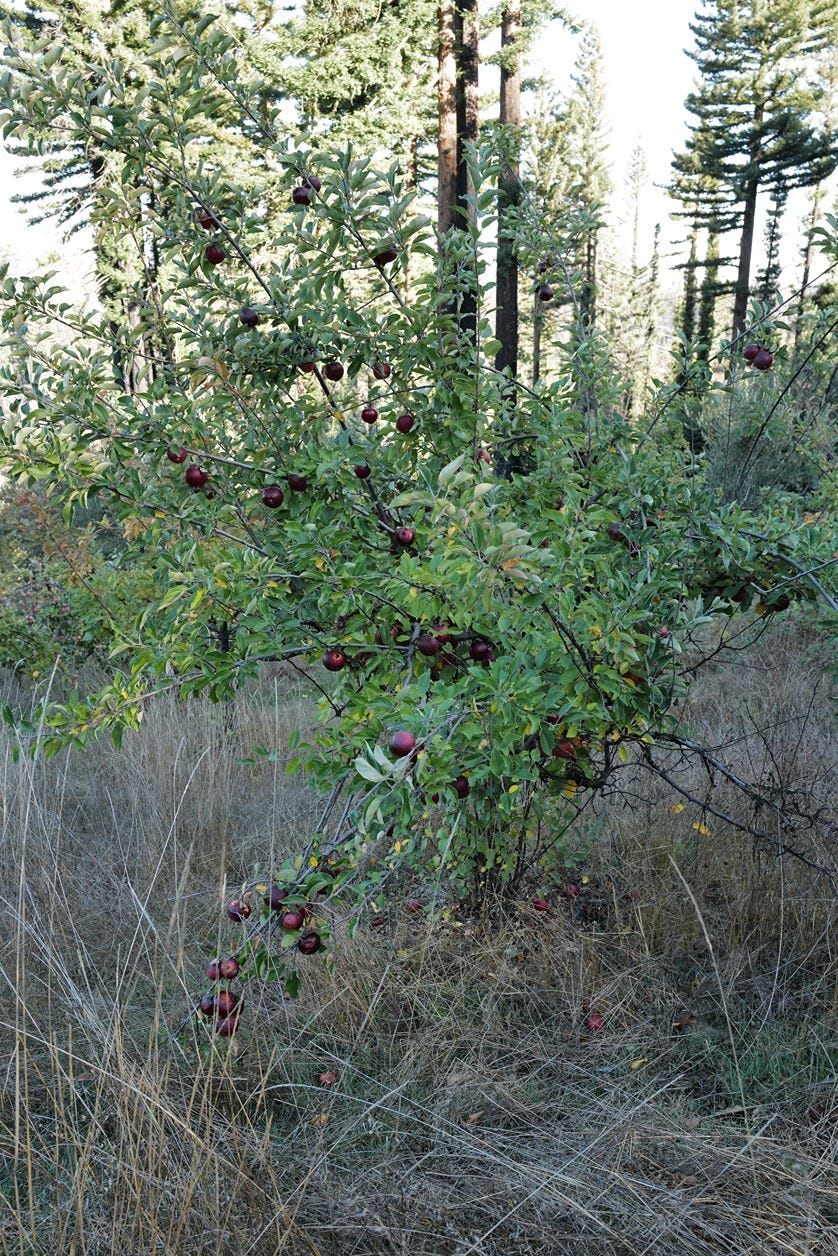
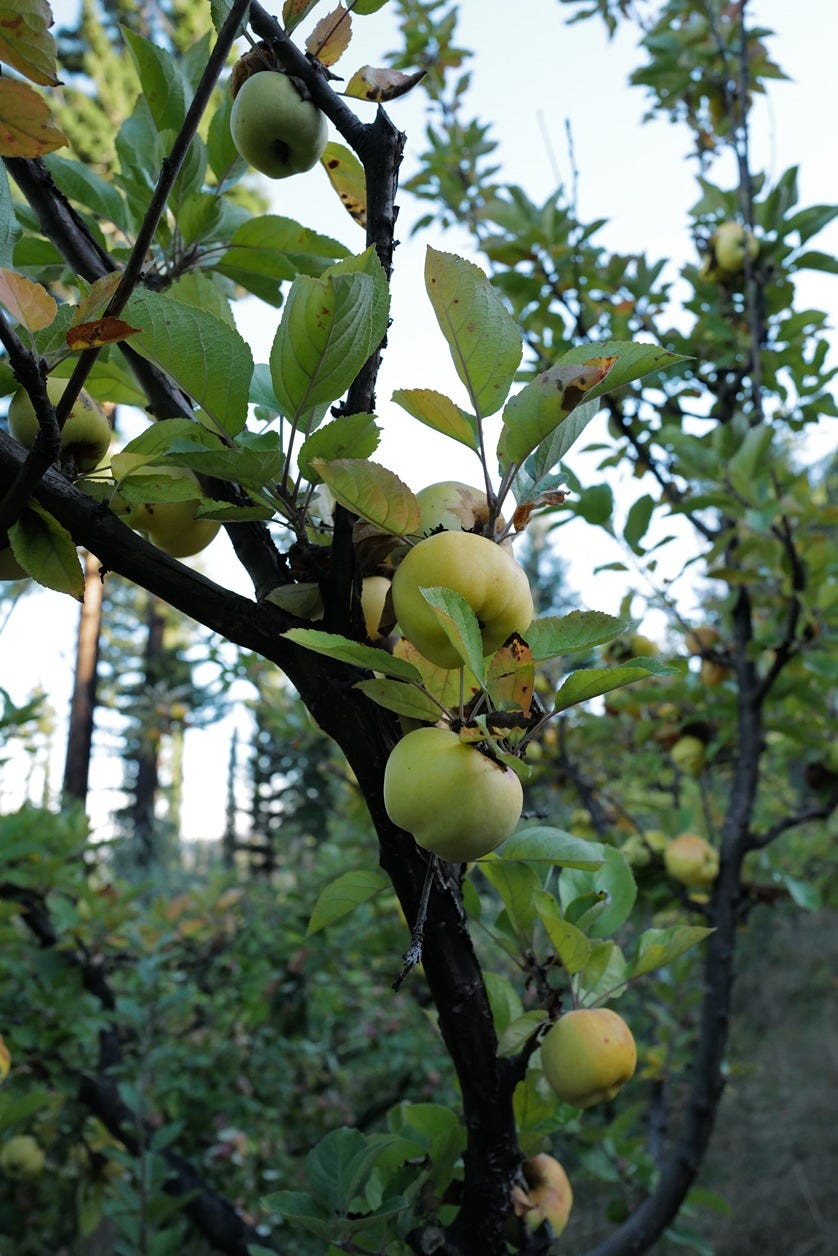
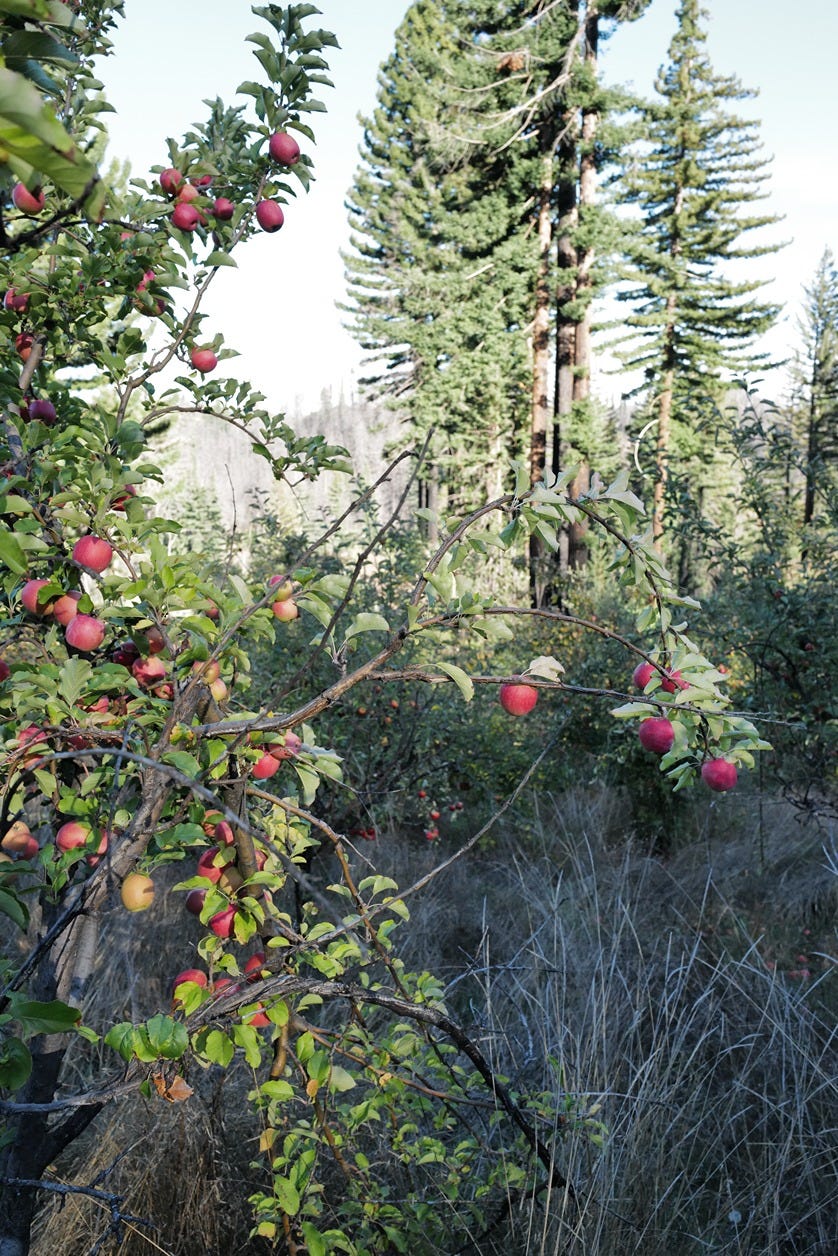
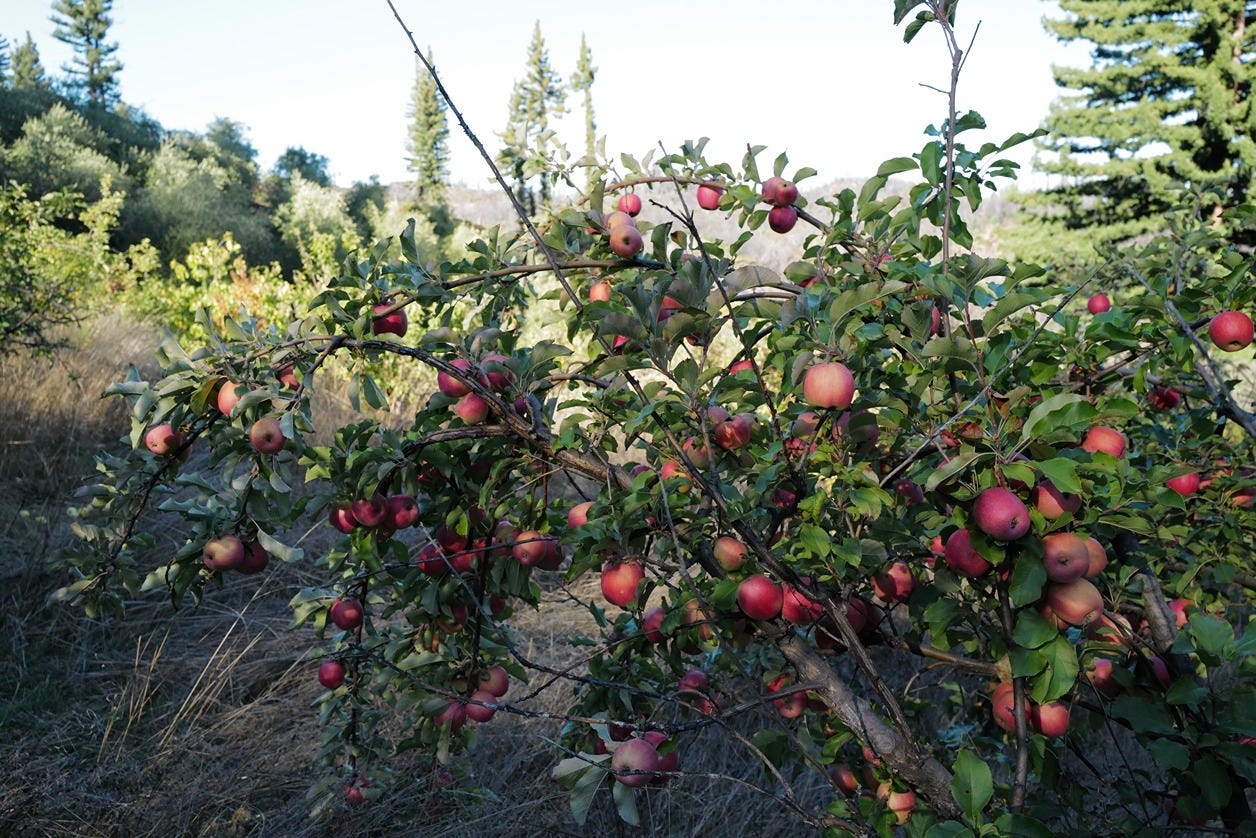
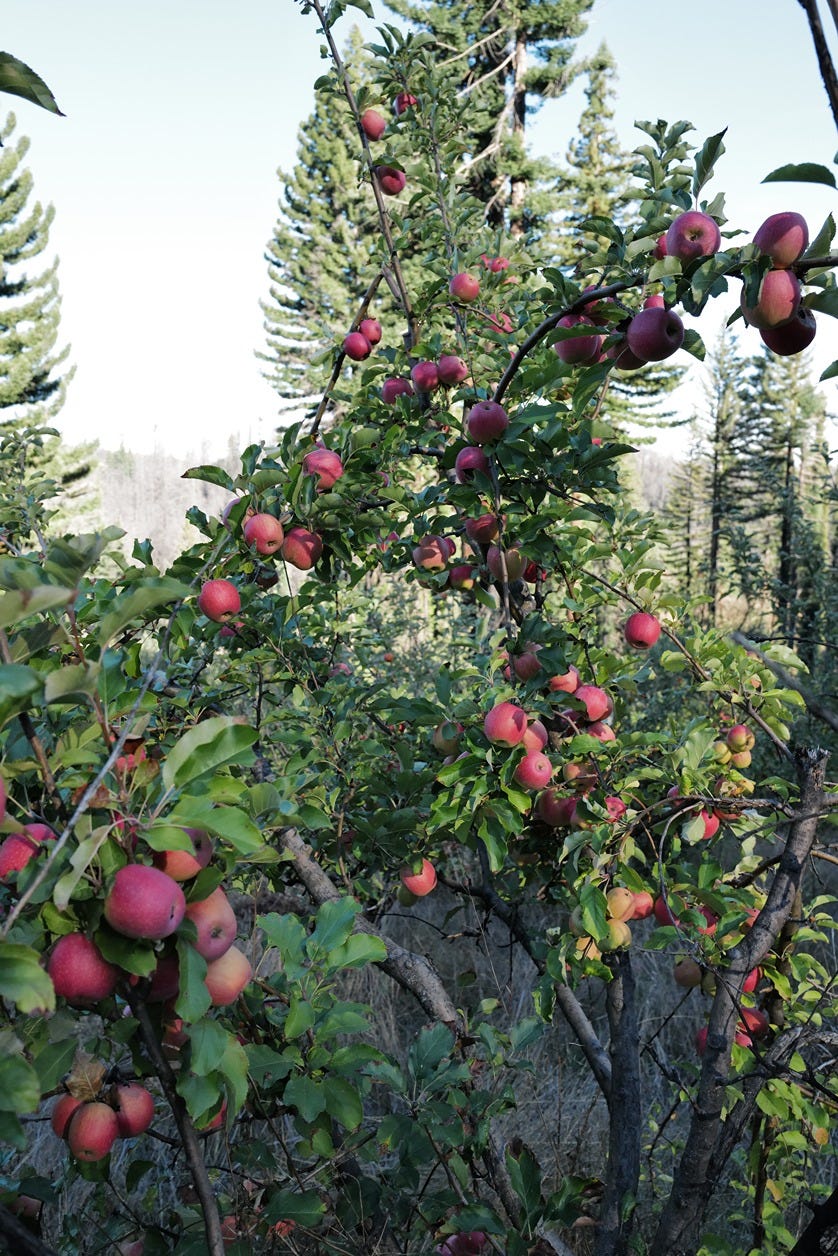
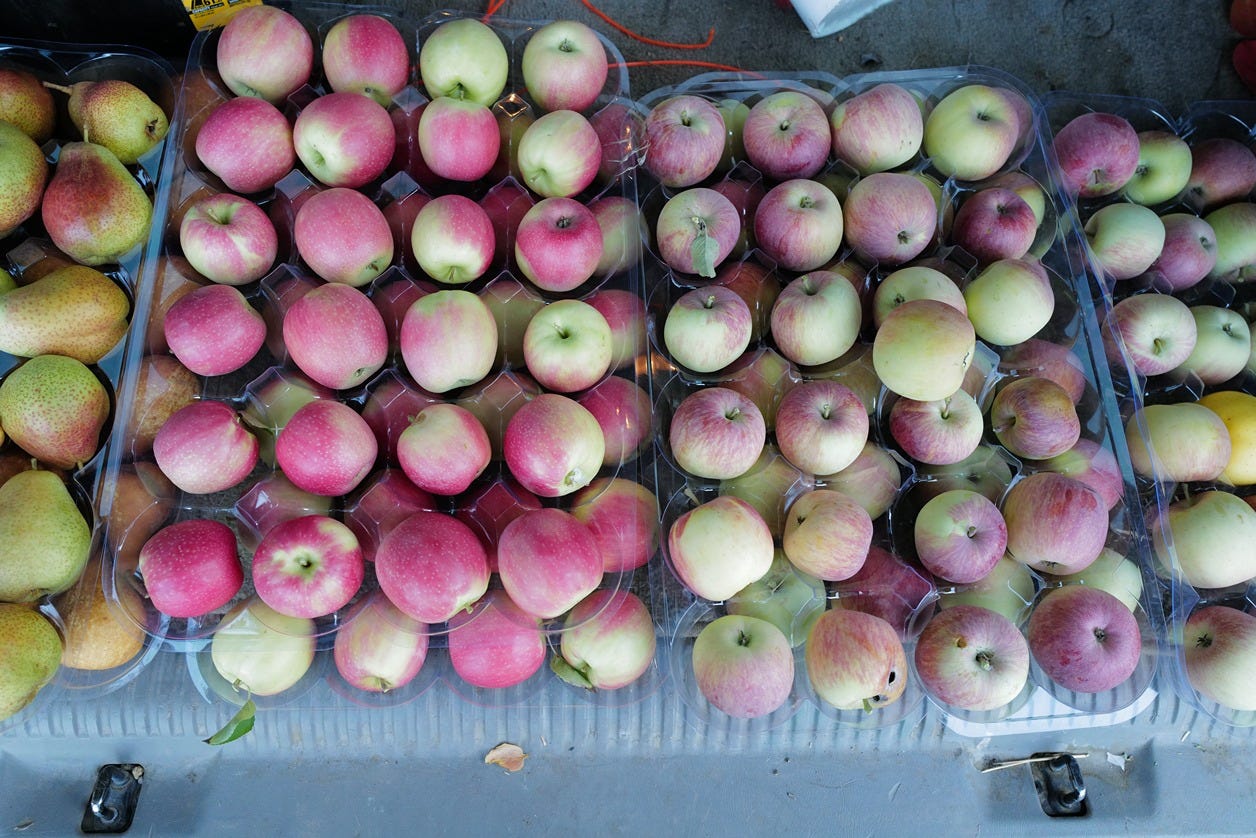
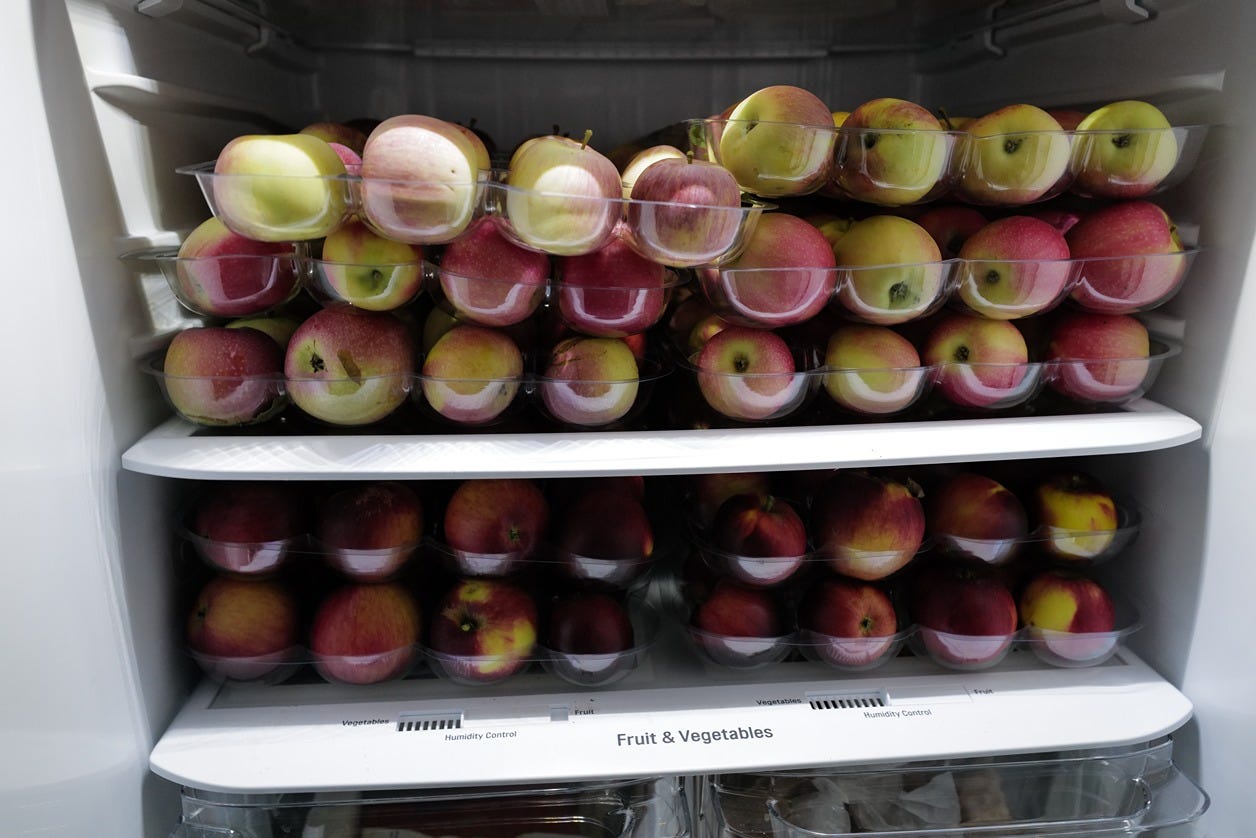
pink lady is my favorite 🍎… yours look delicious… will look into your apple nursery recommendation
What a tasty post! Are you familiar with https://www.google.com/search?client=firefox-b-1-d&q=Malus+Domestica+
My favorite ones.